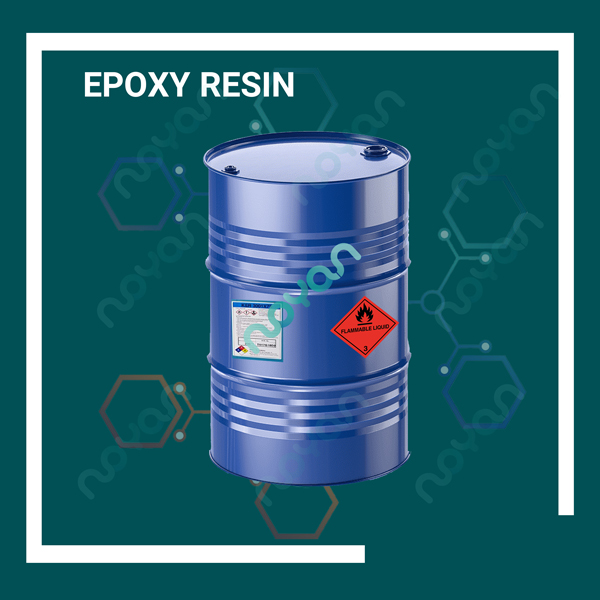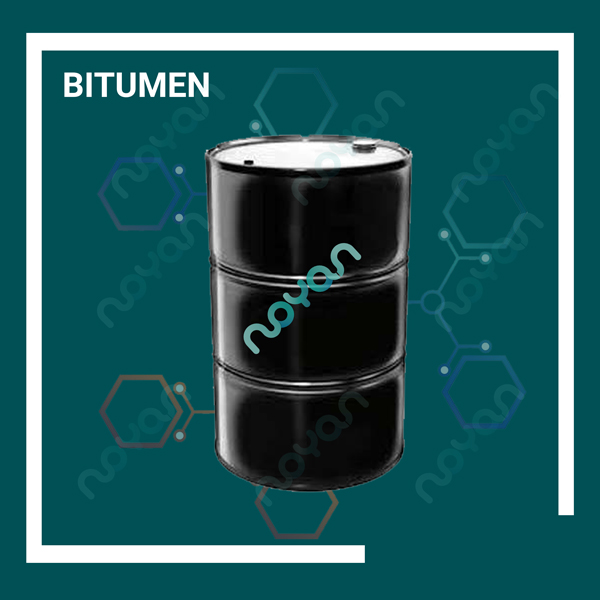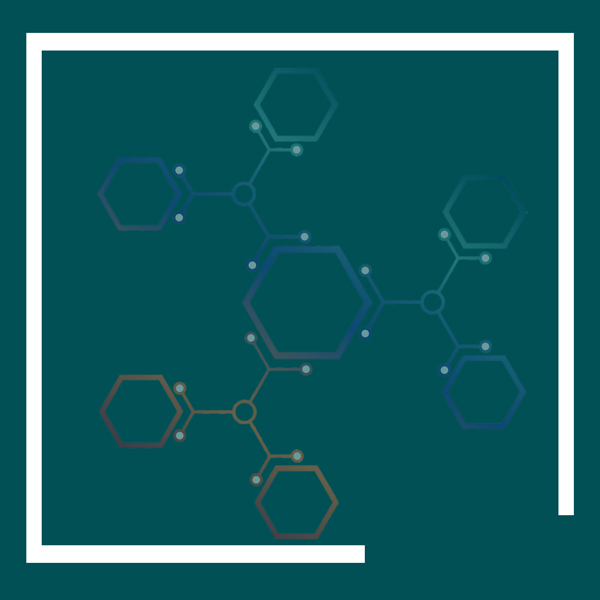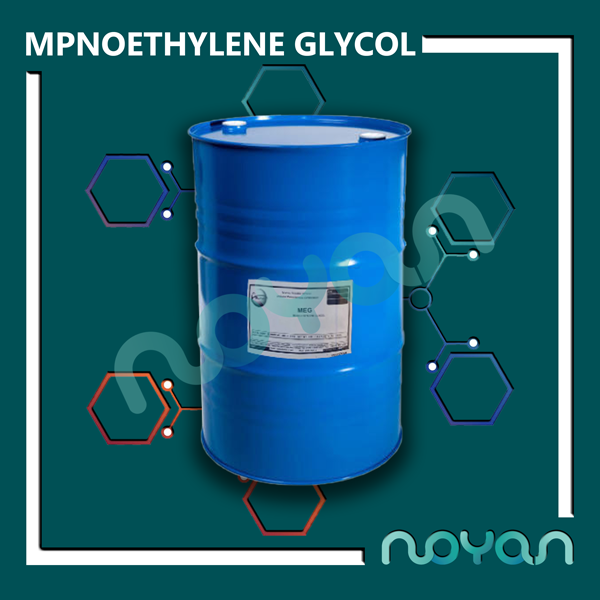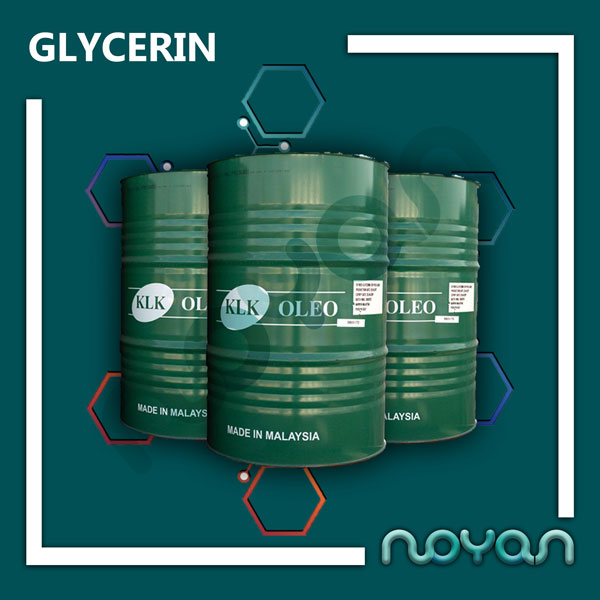At present, the large family of epoxy resins has a high performance among the existing resins. Epoxy resin has more outdoor applications than other resins due to its high mechanical properties and resistance to environmental degradation (such as its exclusive use in aircraft components). Epoxy resin is effective as a good resin in laminates due to its high adhesion and resistance to water damage. Also, epoxy resin is an ideal resin for applications such as boat hull construction. This is where a wide range of epoxy applications come into play: from transparent epoxy resins used in the manufacture of decorative parts to their use in the construction of high-performance boats and their use in boating and replacing water-degradable polyester resins with water or gel . The term epoxy refers to a chemical group that includes an oxygen atom that is attached to two carbon atoms by two chemical bonds. The simplest epoxy consists of a three-membered ring called alpha epoxy or 2,1-epoxy. The most ideal chemical structure is shown in the figure below and also includes the simplest characteristic of complex epoxy molecules. These resins, which are usually amber or brown in color, have beneficial properties. Liquid resin and curing agents together form low viscosity and easy process processes. Epoxy resins based on our selected curing agent can be easily and quickly cured at any temperature from 5 ° C to 150 ° C. One of the most useful characteristics of epoxy resins is their low shrinkage during sintering, which reduces internal stresses. High adhesion strength and excellent mechanical properties, along with electrical insulation and good resistance to chemicals, provide excellent properties for epoxy resins. In addition to their widespread use as laminate resins in industry, epoxies have been widely used in the fields of adhesives, sealing compounds, molding compounds, priming and sealing, paints and varnishes. Epoxy resins consist of a long molecular chain, and like vinyl ester resins, their active parts are at the end of the chain. These active parts are epoxy groups instead of ester groups. The absence of ester groups means that the epoxy resin has a particularly good water resistance. Epoxy resins consist of two annular groups at the center of the chain that absorb mechanical and thermal stresses much better than linear groups, resulting in exceptional stiffness, toughness and good thermal resistance of epoxy resins. The following figure shows the ideal chemical structure for a typical epoxy resin. The absence of ester groups in the molecular chain is evident.
Transparent epoxy resin Today, the manufacture of decorative parts using transparent epoxy resin has expanded significantly. Extensive applications of epoxy resin have led to the emergence of various types of epoxy resins from resins used in the composite and aerospace industries to transparent epoxy resins used in the manufacture of decorative parts, art paintings and three-dimensional flooring. There are three types of clear epoxy resin available in the polymer composite store: The first type (PC103) is a transparent epoxy resin for making decorative parts such as rhinestones, jewelry and ornamental parts. This resin easily bubbles due to its low viscosity (dilution). The drying time of this resin is faster than the second type of resin. This type of resin has a 50% hardener and is suitable for work with a maximum thickness of one centimeter. The second type (PC114) is for making large and bulky parts that have a high thickness (such as epoxy tables combined with wood). Therefore, because the curing process of the second type of resin is slower and does not produce much heat during curing, this resin is used in cases where the volume and thickness that needs to be applied in one step is high. Using this resin up to a thickness of about 4 cm in cold seasons and about 2 cm in warm seasons can be applied in one step. This type of resin is very thin and it is very easy to bubble. If small parts are made with this resin, it will take a long time to dry. This type of resin has a 30% hardener. The third type (PC106) is suitable for abstract work, painting on canvas and some ornaments to create a dome shape on the surface. Due to the high concentration of this resin, the flow of paints on the canvas is reduced and therefore the color control will be easier. This type of resin has a 50% hardener. Important Note: In the cold seasons of the year, a very common occurrence is that the epoxy resin tends to turn white and milky, and eventually may solidify white. This resin bleaching is due to the formation of resin crystals due to the cold environment of the resin. If resin is used in this case, the final piece will not be completely transparent and will be somewhat opaque. To solve this problem, it is enough to heat the resin a little and put it at a temperature of about 50 degrees Celsius to return it to its original state and full transparency. The applications of epoxy-based materials are wide-ranging, most importantly in the manufacture of epoxy paints and epoxy flooring, and also include applications in the manufacture of materials such as adhesives, composites (such as fiberglass or carbon fiber materials), and reinforcements (although polyester). , Vinyl esters and other thermoset gums are also used for glass-reinforced plastics).
Important Note: In the cold seasons of the year, a very common occurrence is that the epoxy resin tends to turn white and milky, and eventually may solidify white. This resin bleaching is due to the formation of resin crystals due to the cold environment of the resin. If resin is used in this case, the final piece will not be completely transparent and will be somewhat opaque. To solve this problem, it is enough to heat the resin a little and put it at a temperature of about 50 degrees Celsius to return it to its original state and full transparency. The applications of epoxy-based materials are wide-ranging, most importantly in the manufacture of epoxy paints and epoxy flooring, and also include applications in the manufacture of materials such as adhesives, composites (such as fiberglass or carbon fiber materials), and reinforcements (although polyester). , Vinyl esters and other thermoset gums are also used for glass-reinforced plastics). The chemical structure of epoxies allows the production of various polymers with very different properties. Epoxies are generally known for their adhesion, chemical and thermal resistance, good or even excellent mechanical properties, and their excellent electrical resistance compared to most other resins. Many properties of epoxies can be altered, for example there are silver-filled epoxies that have good electrical conductivity, or epoxy-filled epoxy that has good corrosion resistance or is mixed with carbon microfibers to make them conductive. Pure epoxy is electrical insulation. Some types that have insulating / conductive properties against heat and have high electrical resistance are used in electronics. Epoxy is widely used in the following cases: Colors and coatings Industrial molds and composites Electrical and electronic systems Home and sea use Aerospace biology Industrial, hospital, health and telecommunication floors These floors are based on modified polycyclic cycloaliphatic hardener and epoxy bisphenol A resin is produced and presented. No reactive solvents and diluents are used in the structure of this product, which causes the structure of the polymer. After the reaction remains stable and its chemical properties do not decrease in properties, suitable chemical resistance along with excellent mechanical strength and excellent surface adhesion of this product makes it possible to be used on all surfaces in the presence of chemicals and acids. And medium alkalis are easy to use. Also, due to the hygienic properties of this product, it is possible to use it on surfaces that, in addition to chemical resistance, the hygiene of the coating is also important. Art Decorative flooring and epoxy granite flooring The use of epoxy resin in art is very high. Epoxy resin can be used in the production and manufacture of decorative accessories (combining different objects such as flowers and insects with epoxy resin to preserve these objects and prevent them from decomposing), making jewelry, using in painting, making decorative accessories. Epoxy resin does not endanger the health of artists due to its low content of toxic and chemical substances and has become very popular among various artists and people who have a home-based business. Tank covers The special chemical structure of epoxy resins allows it to be used in two liquid components to make the final paint. In a special type of solvent-free epoxy used for drinking water tanks, low molecular weight epoxies are used that are naturally liquid and do not require harmful, volatile solvents. This feature prevents the release of harmful organic solvents in addition to preserving the unique properties of epoxy paint, and therefore drinking water inside the tanks is not contaminated. Types of flooring Epoxy flooring • Anti-acid flooring: This coating is used for all surfaces that are exposed to chemicals, diesel, gasoline, oil and industrial wastewater, etc., due to its excellent mechanical and chemical properties. • Antistatic (conductive) flooring: This coating is formulated based on epoxy resin and special hardener with special additives. It has the ability to transmit static electricity and for this reason it is also known as anti-spark coating. • Sports flooring • Ordinary flooring with medium mechanical and chemical resistance • Grouts • Anti-acid tiling • Anti-acid fiber • polymer Antibacterial: Epoxy coatings have many advantages that are preferable to other floor coverings. Due to its inherent alkalinity, surface concrete is easily damaged by chemicals due to the presence of metal impurities. • Anti-dust: This product is designed based on epoxy bisphenol A resin and polyamine hardener. Proper viscosity of this product creates self-leveling property and has a transparent surface after application. • Flexible: S.CF.04 epoxy flooring and HR-03 epoxy hardener are produced and offered on the basis of oligo acrylate polymer base epoxy resin (and polyamide and amine hardener). Typical: S-CF-01 epoxy flooring and HR-01 hardener. Epoxy bisphenol A resin and modified polyamine hardener are the components of this product. Polyurethane flooring • Sports flooring • Tartan flooring • Industrial flooring • Ordinary flooring • Joint Sealer Polyurethane flooring • Industrial Advantages of epoxy industrial coating [Increased concrete resistance to erosion, degradation and most chemicals • Epoxy coating has absolutely no water absorption and prevents the penetration of water, oil and other liquids into the concrete body. • Epoxy coating, light and low Hajj
At present, the large family of epoxy resins has a high performance among the existing resins. Epoxy resin has more outdoor applications than other resins due to its high mechanical properties and resistance to environmental degradation (such as its exclusive use in aircraft components). Epoxy resin is effective as a good resin in laminates due to its high adhesion and resistance to water damage. Also, epoxy resin is an ideal resin for applications such as boat hull construction. This is where a wide range of epoxy applications come into play: from transparent epoxy resins used in the manufacture of decorative parts to their use in the construction of high-performance boats and their use in boating and replacing water-degradable polyester resins with water or gel .
The term epoxy refers to a chemical group that includes an oxygen atom that is attached to two carbon atoms by two chemical bonds. The simplest epoxy consists of a three-membered ring called alpha epoxy or 2,1-epoxy. The most ideal chemical structure is shown in the figure below and also includes the simplest characteristic of complex epoxy molecules.
These resins, which are usually amber or brown in color, have beneficial properties. Liquid resin and curing agents together form low viscosity and easy process processes. Epoxy resins based on our selected curing agent can be easily and quickly cured at any temperature from 5 ° C to 150 ° C. One of the most useful characteristics of epoxy resins is their low shrinkage during sintering, which reduces internal stresses. High adhesion strength and excellent mechanical properties, along with electrical insulation and good resistance to chemicals, provide excellent properties for epoxy resins.
In addition to their widespread use as laminate resins in industry, epoxies have been widely used in the fields of adhesives, sealing compounds, molding compounds, priming and sealing, paints and varnishes. Epoxy resins consist of a long molecular chain, and like vinyl ester resins, their active parts are at the end of the chain. These active parts are epoxy groups instead of ester groups. The absence of ester groups means that the epoxy resin has a particularly good water resistance. Epoxy resins consist of two annular groups at the center of the chain that absorb mechanical and thermal stresses much better than linear groups, resulting in exceptional stiffness, toughness and good thermal resistance of epoxy resins.
The following figure shows the ideal chemical structure for a typical epoxy resin. The absence of ester groups in the molecular chain is evident.
Transparent epoxy resin
Today, the manufacture of decorative parts using transparent epoxy resin has expanded significantly. Extensive applications of epoxy resin have led to the emergence of various types of epoxy resins from resins used in the composite and aerospace industries to transparent epoxy resins used in the manufacture of decorative parts, art paintings and three-dimensional flooring.
There are three types of clear epoxy resin available in the polymer composite store:
The first type (PC103) is a transparent epoxy resin for making decorative parts such as rhinestones, jewelry and ornamental parts. This resin easily bubbles due to its low viscosity (dilution). The drying time of this resin is faster than the second type of resin. This type of resin has a 50% hardener and is suitable for work with a maximum thickness of one centimeter.
The second type (PC114) is for making large and bulky parts that have a high thickness (such as epoxy tables combined with wood). Therefore, because the curing process of the second type of resin is slower and does not produce much heat during curing, this resin is used in cases where the volume and thickness that needs to be applied in one step is high. Using this resin up to a thickness of about 4 cm in cold seasons and about 2 cm in warm seasons can be applied in one step. This type of resin is very thin and it is very easy to bubble. If small parts are made with this resin, it will take a long time to dry. This type of resin has a 30% hardener.
The third type (PC106) is suitable for abstract work, painting on canvas and some ornaments to create a dome shape on the surface. Due to the high concentration of this resin, the flow of paints on the canvas is reduced and therefore the color control will be easier. This type of resin has a 50% hardener.
Important Note: In the cold seasons of the year, a very common occurrence is that the epoxy resin tends to turn white and milky, and eventually may solidify white. This resin bleaching is due to the formation of resin crystals due to the cold environment of the resin. If resin is used in this case, the final piece will not be completely transparent and will be somewhat opaque. To solve this problem, it is enough to heat the resin a little and put it at a temperature of about 50 degrees Celsius to return it to its original state and full transparency.
The applications of epoxy-based materials are wide-ranging, most importantly in the manufacture of epoxy paints and epoxy flooring, and also include applications in the manufacture of materials such as adhesives, composites (such as fiberglass or carbon fiber materials), and reinforcements (although polyester). , Vinyl esters and other thermoset gums are also used for glass-reinforced plastics).
Important Note: In the cold seasons of the year, a very common occurrence is that the epoxy resin tends to turn white and milky, and eventually may solidify white. This resin bleaching is due to the formation of resin crystals due to the cold environment of the resin. If resin is used in this case, the final piece will not be completely transparent and will be somewhat opaque. To solve this problem, it is enough to heat the resin a little and put it at a temperature of about 50 degrees Celsius to return it to its original state and full transparency.
The applications of epoxy-based materials are wide-ranging, most importantly in the manufacture of epoxy paints and epoxy flooring, and also include applications in the manufacture of materials such as adhesives, composites (such as fiberglass or carbon fiber materials), and reinforcements (although polyester). , Vinyl esters and other thermoset gums are also used for glass-reinforced plastics).
The chemical structure of epoxies allows the production of various polymers with very different properties. Epoxies are generally known for their adhesion, chemical and thermal resistance, good or even excellent mechanical properties, and their excellent electrical resistance compared to most other resins. Many properties of epoxies can be altered, for example there are silver-filled epoxies that have good electrical conductivity, or epoxy-filled epoxy that has good corrosion resistance or is mixed with carbon microfibers to make them conductive. Pure epoxy is electrical insulation. Some types that have insulating / conductive properties against heat and have high electrical resistance are used in electronics.
Epoxy is widely used in the following cases:
Colors and coatings
Industrial molds and composites
Electrical and electronic systems
Home and sea use
Aerospace
biology
Industrial, hospital, health and telecommunication floors These floors are based on modified polycyclic cycloaliphatic hardener and epoxy bisphenol A resin is produced and presented. No reactive solvents and diluents are used in the structure of this product, which causes the structure of the polymer. After the reaction remains stable and its chemical properties do not decrease in properties, suitable chemical resistance along with excellent mechanical strength and excellent surface adhesion of this product makes it possible to be used on all surfaces in the presence of chemicals and acids. And medium alkalis are easy to use. Also, due to the hygienic properties of this product, it is possible to use it on surfaces that, in addition to chemical resistance, the hygiene of the coating is also important.
Art
Decorative flooring and epoxy granite flooring
The use of epoxy resin in art is very high. Epoxy resin can be used in the production and manufacture of decorative accessories (combining different objects such as flowers and insects with epoxy resin to preserve these objects and prevent them from decomposing), making jewelry, using in painting, making decorative accessories.
Epoxy resin does not endanger the health of artists due to its low content of toxic and chemical substances and has become very popular among various artists and people who have a home-based business.
Tank covers
The special chemical structure of epoxy resins allows it to be used in two liquid components to make the final paint. In a special type of solvent-free epoxy used for drinking water tanks, low molecular weight epoxies are used that are naturally liquid and do not require harmful, volatile solvents. This feature prevents the release of harmful organic solvents in addition to preserving the unique properties of epoxy paint, and therefore drinking water inside the tanks is not contaminated.
Types of flooring Epoxy flooring
• Anti-acid flooring: This coating is used for all surfaces that are exposed to chemicals, diesel, gasoline, oil and industrial wastewater, etc., due to its excellent mechanical and chemical properties.
• Antistatic (conductive) flooring: This coating is formulated based on epoxy resin and special hardener with special additives. It has the ability to transmit static electricity and for this reason it is also known as anti-spark coating.
• Sports flooring
• Ordinary flooring with medium mechanical and chemical resistance
• Grouts
• Anti-acid tiling
• Anti-acid fiber
• polymer
Antibacterial: Epoxy coatings have many advantages that are preferable to other floor coverings. Due to its inherent alkalinity, surface concrete is easily damaged by chemicals due to the presence of metal impurities.
• Anti-dust: This product is designed based on epoxy bisphenol A resin and polyamine hardener. Proper viscosity of this product creates self-leveling property and has a transparent surface after application.
• Flexible: S.CF.04 epoxy flooring and HR-03 epoxy hardener are produced and offered on the basis of oligo acrylate polymer base epoxy resin (and polyamide and amine hardener).
Typical: S-CF-01 epoxy flooring and HR-01 hardener. Epoxy bisphenol A resin and modified polyamine hardener are the components of this product.
Polyurethane flooring
• Sports flooring
• Tartan flooring
• Industrial flooring
• Ordinary flooring
• Joint Sealer
Polyurethane flooring
• Industrial
Advantages of epoxy industrial coating [Increased concrete resistance to erosion, degradation and most chemicals
• Epoxy coating has absolutely no water absorption and prevents the penetration of water, oil and other liquids into the concrete body.
• Epoxy coating, light and low Hajj
